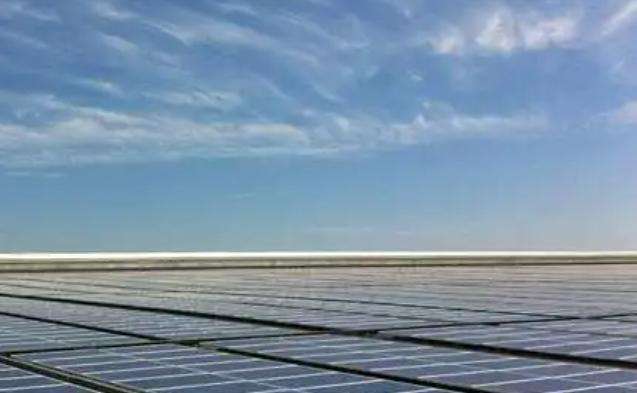The difference between 4130 and 35crmo steel is the carbon content.
Alloy 4130 Structural Steel
Material Name: Alloy Structural Steel
Level: 30CrMo
Standard: GB/ T 3077-1988< /p>
●Chemical composition:
Carbon C: 0.26~0.34
Silicon Si: 0.17~0.37< /p>
Manganese Mn: 0.40~0.70< /p>
Sulfur S: Allowable residual content ≤0.035
Phosphorus P: Allowable residual content ≤0.035
Chromium Cr: 0.80~1.10
Nickel Ni: Allowable residual content ≤ 0.030
Copper Cu: Allowable residual content ≤0.030
Molybdenum Mo: 0.15~0.25
●Mechanical properties:
Tensile strength σb (MPa): ≥930(95)
Stress of elasticity σs (MPa): ≥785(80)
Elongation δ5 (%): ≥12< /p>
Reduction of surface area ψ (%): ≥50
Impact energy Akv (J): ≥63
Impact resistance value αkv (J/cm2): ≥78(8)
Hardness: ≤229HB< /p>
Allia structural steelge 35CrMo
35CrMo alloy structural steel has high static strength and impact resistance. Toughness and high fatigue limit, hardenability is above 40Cr, 35CrMo has high creep resistance and durable high temperature resistance, long-term working temperature can reach 500℃ during cold deformation, poor weldability . Used as important structural parts working under high loads, such as transmission parts of vehicles and engines; rotors, main shafts, high-load transmission shafts of turbogenerators and large section parts
● Chemical composition: < /p>
Carbon? C: 0.32~0.40
Silicon? If: 0.17~0.37
Mn: 0.40~0.70
Sulfur? S: Allowable residual content ≤0.035
Phosphorus?P: Allowable residual content≤0.035
Chromium?Cr: 0.80~1.10
Nickel? Ni: Permissible residual content Content≤0.030
Copper?Cu: Allowable residual content ≤0.030
Molybdenum?Mo: 0.15~0.25
●Mechanical properties:
< p >Tensile strength σb (MPa): ≥985 (100)Elastic stress σs (MPa): ≥835 (85)
Elongation δ5 (% ): ≥12
Reduction of surface ψ? (%): ≥45
Impact energy ?Akv (J): ≥63
Impact resistance value αkv (J/cm2): ≥78(8)< /p>
Hardness: ≤229HB
Sample size: Blank sample size is 25mm














